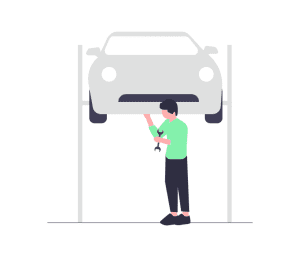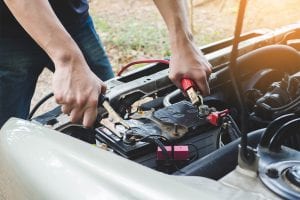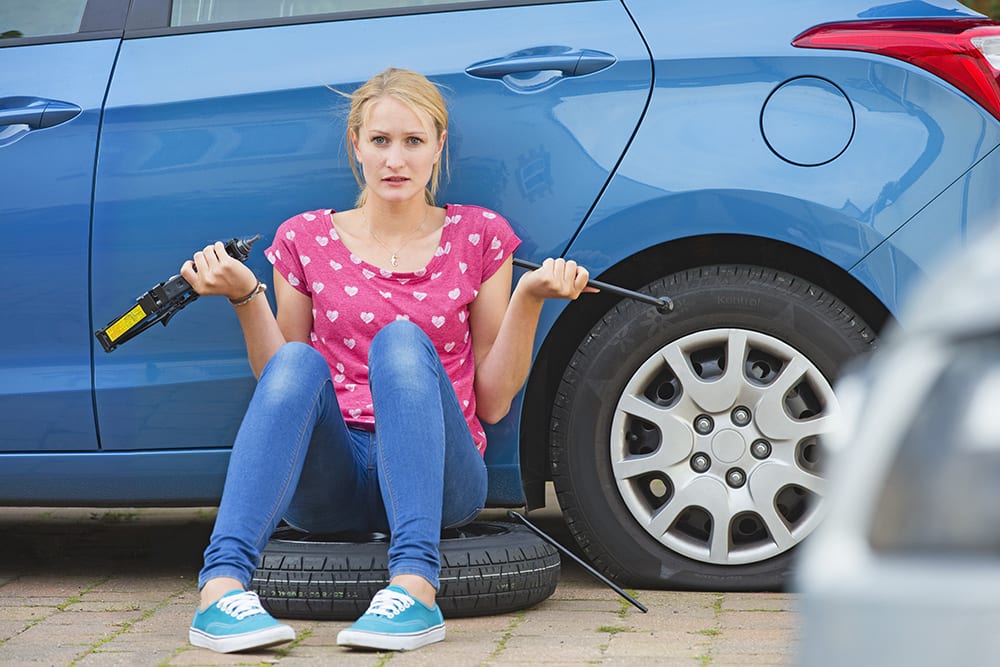Let’s face it, people these days are reluctant to check and maintain their mechanical parts of their vehicles – including their brake system. Just like tyres, brakes also wear down with use over time, indicating that performance can weaken and stopping distances would increase. Ask yourself, is it really worth putting yourself and others in danger? Ensuring one of the most important systems in your car is fit for duty can make a difference between avoiding or hitting someone.
Here we have compiled systems of faulty brakes for all you drivers to know when your brakes aren’t working properly.
1. Listen for sounds or smells
If you hear abnormal sounds or start smelling strange scents from your car then there could be a problem with your brakes. The best thing for you to do is to start investigating the issue sooner rather than later as waiting may only lead you to a much bigger problem and a more hefty bill to pay for the repairs of your car. Not only that, you’re making it dangerous for your car to be on the road, putting yourself and others around you in potential danger.

2. Screeching, squealing or rubbing noises.
3. Vibrations in your brake pedal or steering wheel.
4. Brake warning light is on.
If your brake warning light on the dashboard is flashing, do not ignore it. The light usually appears on the dashboard once the car is started and turns off when the handbrake is released. This warning light could mean that certain parts of your brakes, for example, the brake pads may need replacing or it could mean there is a loss of the fluid making the braking system work. You should get a garage to check this over for you.
5. Your vehicle pulls to one side.
When you brake your car should stay straight and if it is pulling either to the left or right, there could be an issue. It could indicate that your brakes are worn on one side and can be dangerous if you need to brake in an emergency.
6. Visual corrosion on the brake pad.
How to spot the signs of brake problems can be as easy as physically looking at the brake pads themselves. On many cars, you are able to see the brake pad by looking through the wheel spokes. The brake pad will be pressed against the brake disc and you can see if you can spot any signs of wear or corrosion.
7. Brakes feel ‘spongey’ when pressed.
As a driver, you’ll no doubt know your car inside and out so anything out of the ordinary you’re surely to pick up on. If your brakes have started to feel spongy, soft or light when pressed, it can be an early sign of brake problems.

8. Increased stopping delay.
One of the most common signs of worn brake pads is increased stopping distances. When you press your brake, especially during an emergency stop, the effect should be almost instant. However, if you’ve noticed your car is taking loge to stop than normal, it can be a sign of brake pad wear.
How to extend the lifespan of your car’s brakes:
- Reduce the ‘stop-and-go’ grind on your brakes. The more city driving, the more stop and go, the quicker the brakes will wear down.
- Don’t ride your brakes. Your brake pads will wear down and your rotors will warp from the excessive heat generated.
- Stop driving aggressively: Not only does driving aggressively waste fuel but it leads to braking last minute, causing excessive heating on the rotors and faster wear.
- Cruise with the pace of the traffic: Obeying speed limits with conservative driving preserves the life of your brake parts.
- Empty your boot of any heavy items: Overloading your vehicle with things that you don’t need can impact the brake life. You should reduce the weight in your car and only pack an essential emergency car kit.
Discover more…

How to…replace a car key battery.

How to…jump start your car.
